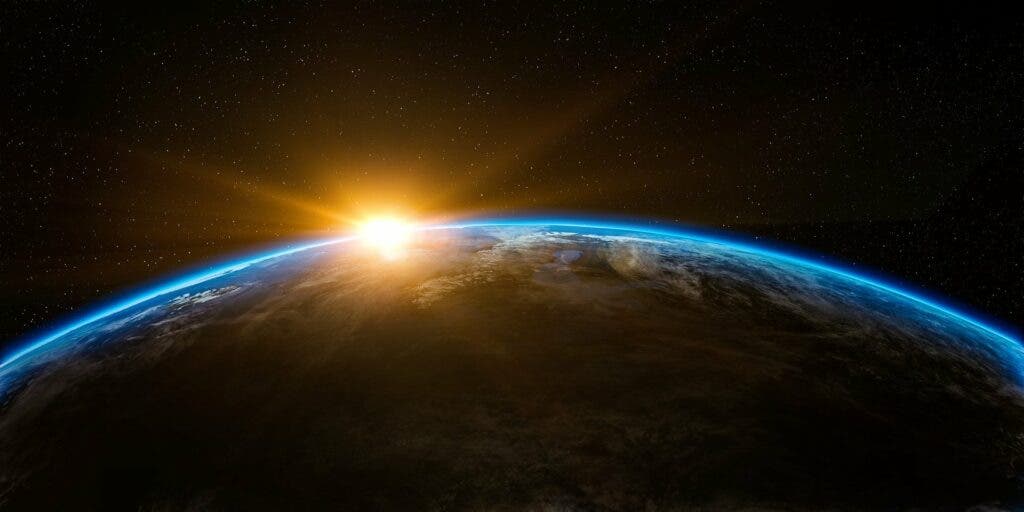In an unexpected turn of events, climate change seems to be making the Earth a little bit dimmer, according to new research.

One of the properties that define planets throughout space is their ‘albedo’. Multiple different elements factor into this property which, in its simplest definition, is the measure of how much incoming light a planetary body reflects. A planet’s albedo can thus have a significant effect on environmental conditions across its surface.
But the opposite is also true, and climate conditions on the surface can influence a planet’s overall albedo. New research explains that climate change is already affecting Earth’s albedo, causing a significant drop in our planet’s ability to reflect light over the last 20 years or so.
No beam-back
“The albedo drop was such a surprise to us when we analyzed the last three years of data after 17 years of nearly flat albedo,” said Philip Goode, a researcher at New Jersey Institute of Technology and the lead author of the new study.
The authors worked with earthshine data recorded by the Big Bear Solar Observatory in Southern California from 1998 to 2017. Satellite readings of earthshine over the same timeframe were also used in the study. Earthshine is the light reflected from the Earth into space, and it is what makes the Moon so bright in the night’s sky.
All in all, the team reports, the Earth is beaming back roughly one-half of a watt less per square meter of its surface than it did 20 years ago. For perspective, the typical lightbulb uses around 60 watts. A single LED uses around 0.015 watts. The authors explain that it’s equivalent to a 0.5% decrease in the Earth’s reflectance.
The two main components deciding how much sunlight reaches the Earth are how bright the Sun shines, and how reflective our planet is. But the team reports that the drop in albedo they’ve observed did not correlate with any periodic changes in the Sun’s brightness — meaning that the drop was caused entirely by changes in how reflective the Earth is.
This drop is mostly powered by warming ocean waters. The authors point to a reduction in bright, reflective low-lying clouds over the eastern Pacific Ocean over the last two decades, as shown by measurements taken as part of NASA’s Clouds and the Earth’s Radiant Energy System (CERES) project. Sea surface temperature increases have been recorded in this area following the reversal of the Pacific Decadal Oscillation (PDO).
A dimmer Earth means that the planet is absorbing much more of the incoming solar energy into Earth’s climate systems. Here, it’s likely to contribute to global warming. The authors estimate that this extra sunlight is on the same magnitude as the sum of anthropogenic climate forcing over the last two decades.
“It’s actually quite concerning,” said Edward Schwieterman, a planetary scientist at the University of California at Riverside who was not involved in the new study. For some time, many scientists had hoped that a warmer Earth might lead to more clouds and higher albedo, which would then help to moderate warming and balance the climate system, he said. “But this shows the opposite is true.”
The paper “Earth’s Albedo 1998–2017 as Measured From Earthshine” has been published in the journal Geophysical Research Letters.






